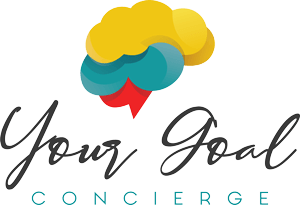3 Tips to Maintain Professional Safety
Erica Kesse
Now that you have secured safety, learn how to maintain it.

What is professional safety? It is being able to comfortably do your great and purposeful work within a culture of people who seek to understand and empower you. This article is for professionals who recognize that their work environment is not a safe place.
Be the Change
Self- aware, self- responsible, and Fearlessness
Intimately understanding yourself sets the stage for showing up authentically and being sensitive to your intuition. You understand yourself by knowing what you want, like, need, and things that cause concern within you when you are interacting with others. Let me repeat this, you must know yourself. First things first, you cannot expect to be honored and given safety if you do not give yourself safety. The question then leads to, Are you safe with yourself? Or do you ensure that you defend yourself and set up circumstances for safe experiences? Please do not confuse safe here with being paranoid or not being a risk taker. Safety is an understanding within yourself that you shall be well despite any situation. Safety is a belief that you know and have everything to have the kind of life you want. Two affirmations that you can say to yourself is, “I demand safety!” “All is well. I am safe.”
Train
Being clear on what you want, like, and need confirms how you demand to be treated. For example, a colleague will not be able to schedule a meeting with you during your lunch time because you hold that time for eating and being with yourself or other co-workers. Furthermore, you will be attuned to shifts in the environment. Your intuition will acknowledge any nuances. These concerns can be acknowledged as they do not align with your wants, like, and needs. For example, you can respond to your colleagues that you need to go to lunch during this hour, yet we can schedule a time tomorrow after 1 PM. Being self-responsible is to make, assert, and hold boundaries. Your own professional safety has everything to do with you not abusing yourself. It is important to be conscientious about yourself, which includes your time and effort. Most of the time, you will sacrifice in ways that is not the expectation of your employer. Test out your beliefs and be sure they remain true to gaining enhancement.
“Be Me” Time
Safety is something that you must demand from both you and other. Being fearless by what you will and will not do outside of the description of your position. It is common knowledge that 20% of employees do all of the work while the other 80% are working on getting out of work. Holding true to your integrity and moral compass, do great work. Doing great work must be placed within the structure of specified goals. Do your part to more the effort forward and leave the rest for the team. With being self-aware and self- responsible, be fearless that your boundaries allow you to be honor both yourself and the organization. Fearlessness is a tough proportion when you worry about stability. The antidote for this thinking is that if an employer or professional environment demands you to care more about the business than yourself then they could care less if you are healthy to keep doing great work. Get out of your own way in having professional safety.



